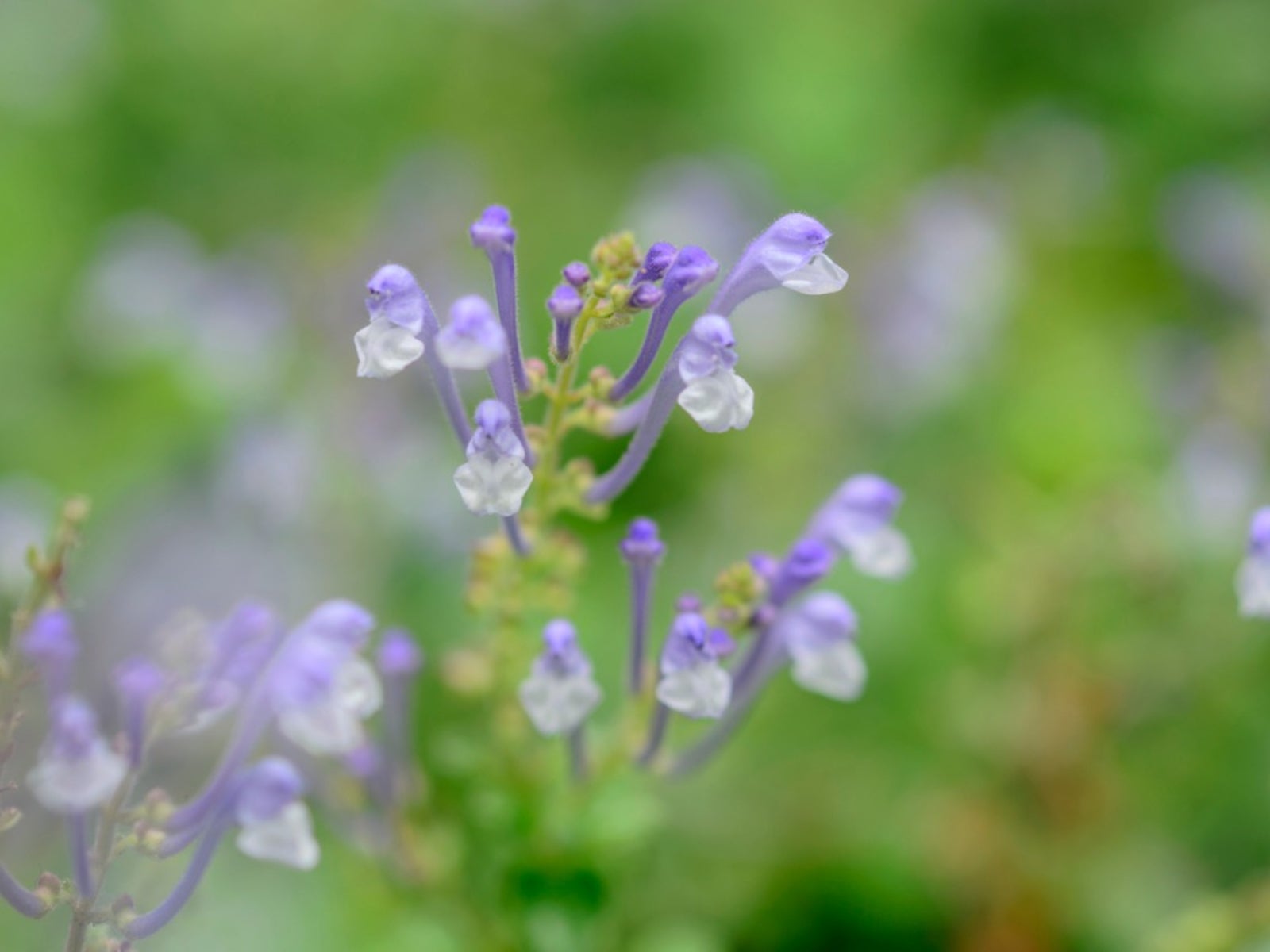Skullcap Plant Care: Information On Skullcap Planting Instructions

Skullcap herb uses are varied in that skullcap refers to two separate herbs: American skullcap (Scutellaria lateriflora) and Chinese skullcap (Scutellaria baicalensis), both of which are used to treat entirely different conditions. Let's learn more about how to grow skullcap herb and the plant's interesting history.
History of Skullcap Herb Uses
Chinese skullcap is found in China and into parts of Russia. Chinese skullcap herb uses have been employed for centuries to treat allergies, cancer, infections, inflammation, and headaches. Most laboratory studies have been done on the Chinese skullcap variety and may even suggest some antifungal and antiviral benefits. American skullcap is native to North America, specifically throughout the prairie states where there are eight varieties to be found. Containing scutellarin, a flavonoid compound with confirmed sedative and antispasmodic effects, some of the American skullcap herb uses include its use as a mild relaxant, commonly treating anxiety, nerves, and convulsions. Growing skullcap has been used for over 200 years-- listed in the U.S. Pharmacopoeia from 1863 to 1916 and in the national formulary from 1916 to 1947. Despite these prestigious listings, skullcap has also been listed as having no medicinal properties in either publication. The controversy over skullcap herb uses aside, this herb was once used as a remedy for rabies and hence is also known as ‘Mad-Dog' skullcap. The native plains people also once used skullcap (S. parvula) as a treatment for diarrhea. Growing skullcap herb has bluish violet hooded flowers, which bloom from May through September and has a spreading habitat. From the family Lamiaceae and found among the rich fauna of North America's woodlands, thickets, and along stream banks those wanting to know how to grow skullcap herb plants will need to provide similar growing conditions. Optimal skullcap plant care will include plantation in full sun to partial shade in moist, well-drained soil.
Skullcap Planting Instructions
Skullcap planting instructions include stratifying seeds for at least a week before sowing. To stratify the skullcap herb seeds, place them in a sealed plastic bag with moistened vermiculite, sand, or even a moist paper towel and refrigerate them. Use three times the amount of vermiculite vs. seeds and only slightly moisten, as excessive moisture may cause the seeds to mold. Sow skullcap plant seeds indoors where they will germinate in around two weeks time. Then transplant the growing skullcap herb seedlings outdoors after the danger of frost has passed, spacing them 12 inches (31 cm.) apart in rows. Growing skullcap herbs may also be propagated via division of roots or cuttings and will then spread and clump. The resulting skullcap herb plants are resistant to most major pests.
Skullcap Plant Care
Responding well to irrigation and fertilization when situated in drier climates, growing skullcap is a hardy, herbaceous perennial herb when grown in such conditions and attains a height of 1 to 3 feet (31 cm. to just under a meter) tall. Once the skullcap herb plant is in bloom, harvest the aerial parts 3 inches (8 cm.) above the ground for use as a strong tea, tincture, or liniment. As with most herbs, the skullcap herb plant may be used fresh or dried.
Gardening tips, videos, info and more delivered right to your inbox!
Sign up for the Gardening Know How newsletter today and receive a free copy of our e-book "How to Grow Delicious Tomatoes".

Amy Grant has been gardening for 30 years and writing for 15. A professional chef and caterer, Amy's area of expertise is culinary gardening.
-
 Looking For Plants To Give You The Soft And Fuzzies? Try These 5 Fuzzy Leaf Plant Options
Looking For Plants To Give You The Soft And Fuzzies? Try These 5 Fuzzy Leaf Plant OptionsLovers of texture, drama, silver foliage and tactile plants will adore these special sensory garden additions. These fuzzy leaf plant options will leave you all aglow
By Susan Albert
-
 Get Ready For A Summer Of Hummers! Grow These Full Sun Hummingbird Plants and Flowers
Get Ready For A Summer Of Hummers! Grow These Full Sun Hummingbird Plants and FlowersIf you’re lucky enough to enjoy a sunny backyard, make sure you are maxing out on your pollinator opportunities and grow these full sun hummingbird plants and flowers
By Tonya Barnett